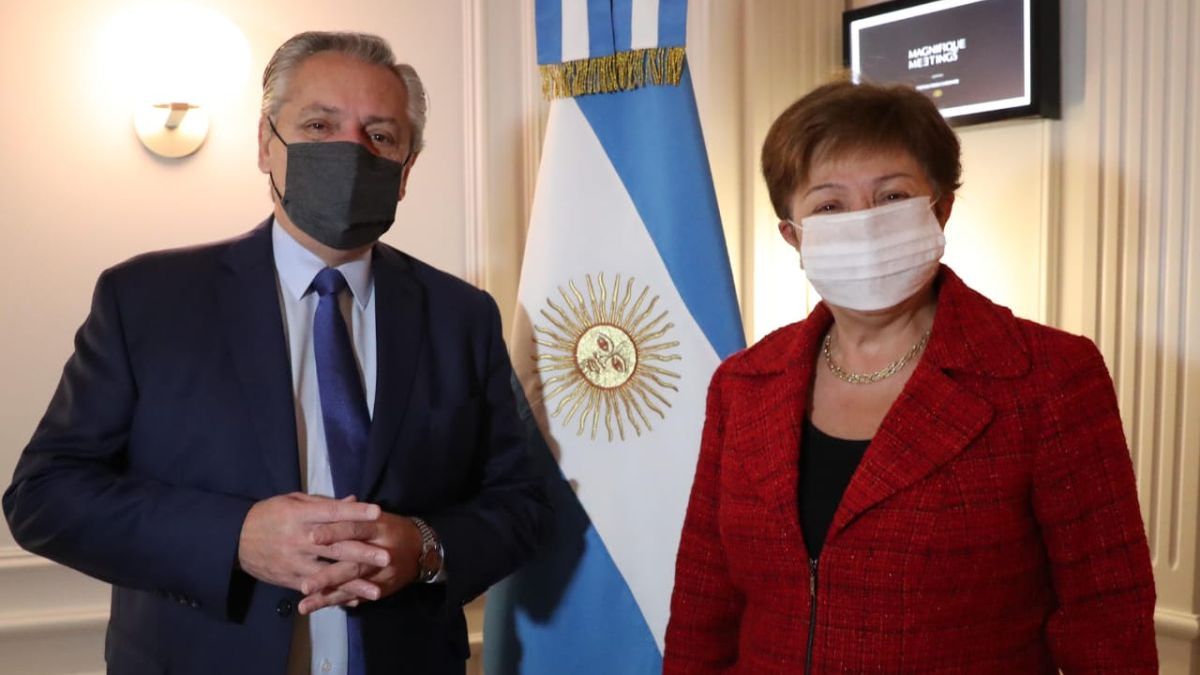The agreement was reached because it was something desired both by the Fund and by the country, agree in indicating the sources. For Argentina, it was important to clear the mountain of maturities that it faced with the organization – some 20,000 million dollars per year, an impossible figure to pay.
In turn, for the IMF it was important to reach an understanding with its main debtor since, with a liability close to 45,000 million dollars, Argentina is the nation most indebted to the organization, holding the 28% of credits. In addition, this agreement allows the agency to recover the loan granted to the Macri government. It should be noted, that this will be a new agreement.
Both the Fund and Argentina agreed not promoting structural reforms for the time being, such as a change in the pension system. On both sides, the decision to prioritize the search for a policy framework aimed at achieving the immediate stability of the economy prevailed.
subsidies
Another pending issue is the level of tariff adjustments, an aspect that the Fund considers substantial to improve the structure of public spending. In this sense, it was learned that the World Bank is collaborating in studying how to solve the problem of energy subsidies.
The question that remains is whether it will be enough to the segmentation plan rate announced by the Government or other measures will be necessary. It should be noted that, according to data from the consulting firm pxq, subsidies were equivalent in 2021 to 3% of GDP and adds that “if energy subsidies were to be reduced to the 2019 level with only an increase in a moment in time…would imply an increase in the final rate close to +160%”.
Among other specific questions, it remains to be seen how the fiscal and monetary policy will lead to a reduction in the financing of the deficit by the Central Bank.
It should be noted that the commitment announced by the minister Martin Guzman contemplate reduce the BCRA’s monetary assistance to the Treasury to 1% of GDP, when last year it was 3.7%.
Of course, the fiscal effort committed by Argentina is one of the most important aspects. The Minister of Economy referred to a reduction in the primary imbalance (before interest payments) of 2.5% of GDP in the current year until reaching 0.9% imbalance in 2024.
But later a tweet from Gita Gopinath, Deputy Director General of the IMF maintained that “the IMF technical staff and the Argentine authorities reached an understanding on key policies, including a fiscal path to gradually and sustainably improve public finances and reduce the primary deficit to zero in 2025”.
The sources are also cautious, specifying that it is “an agreement in principle” that there is still a need to turn to memorandums of understanding that must later be approved by the Argentine Congress and by the IMF board. The goal is for all this to be resolved before the end of March, that is, prior to the expiration of the 2,800 million dollars that the country must face with the Fund. To do this, first a Letter of Intent must be reached with the staff to send to Parliament, and once the IMF’s board of directors has approved it, it will proceed to finalize it, all this before the end of March.
Source From: Ambito
David William is a talented author who has made a name for himself in the world of writing. He is a professional author who writes on a wide range of topics, from general interest to opinion news. David is currently working as a writer at 24 hours worlds where he brings his unique perspective and in-depth research to his articles, making them both informative and engaging.




